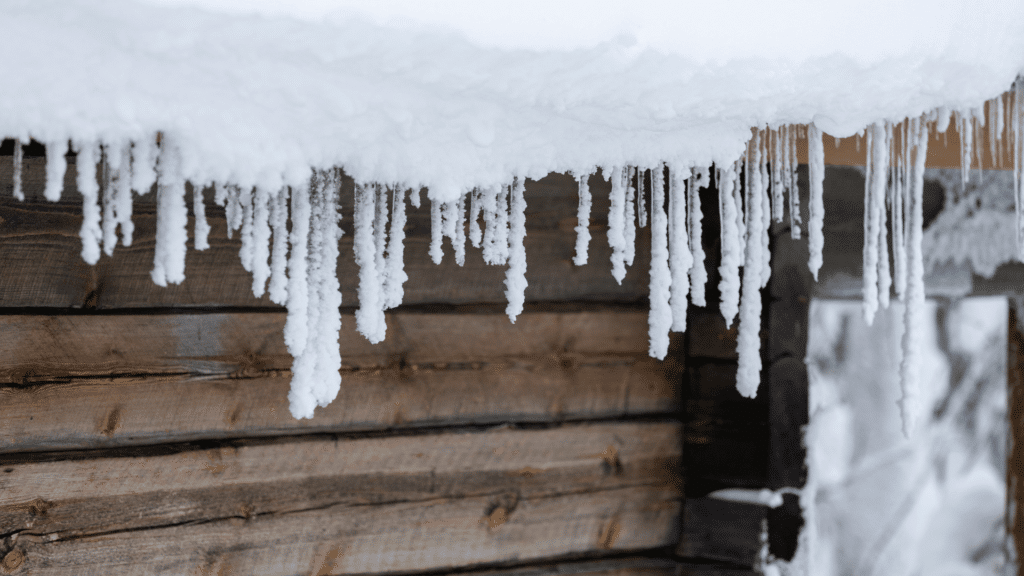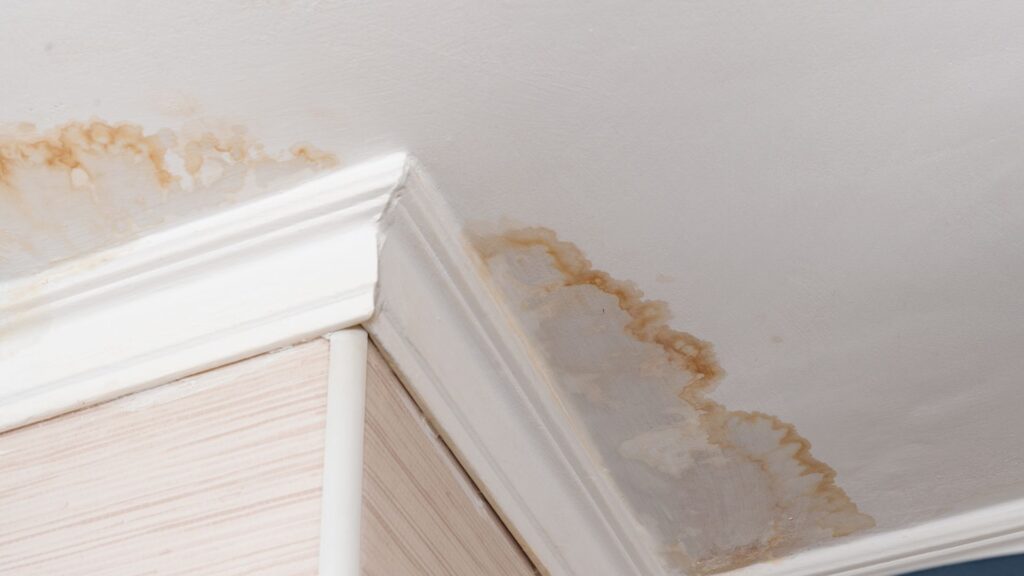How many hailstorms has your roof weathered this year alone?
In North Texas, hailstorms aren’t a “once-in-a-while” occurrence—they’re practically a season of their own. Dallas ranks among the top U.S. cities for hail claims, yet many homeowners and property managers don’t realize the full extent of their roof damage until it’s too late. Ignoring what you can’t see might cost you thousands more than you expect.
If you’ve just experienced a severe hailstorm, knowing how to perform a timely and effective roof inspection could save you from expensive repairs—or worse, a denied insurance claim. We’ll walk you through what problems to look for, the best practices to follow, and the biggest pitfalls to avoid. By the end, you’ll know exactly how to stay ahead of storm-related roof damage.
What We’ll Cover:
- How hail damage affects your roof over time
- Why prompt roof inspections are essential
- Step-by-step roof inspection best practices
- Common mistakes homeowners make after storms
- Industry insights and trends for property protection
- FAQs about roof inspections in Dallas
The Importance of a Timely Roof Inspection
After a hailstorm, the most dangerous damage is often what you don’t see. Hail can bruise, crack, and weaken roofing materials without immediately causing a visible leak. Over time, this hidden damage can lead to structural issues, mold growth, or premature roof failure—all of which may be deemed pre-existing by your insurance company if not reported promptly.
Dallas homeowners and property owners are especially vulnerable due to the region’s high frequency of hailstorms and fluctuating temperatures. These conditions rapidly deteriorate compromised roofs, leaving properties exposed before owners even realize there’s a problem.
Some homeowners don’t think to check their roofs until obvious water intrusion occurs. By then, the insurance company may question whether the damage occurred during the most recent storm, making compensation difficult or impossible.
Signs of roof damage you might overlook:
- Missing or loose shingles
- Granule loss on asphalt shingles
- Dented gutters or flashing
- Water stains in the attic
- Soft spots or sagging roof areas
- Unexplained spikes in energy bills (due to ventilation or insulation issues)
Being proactive with roof inspection is not just preventative; it’s protective, both physically and financially. Remember, you pay your monthly insurance premiums TO COVER damages your property sustains from storms. Use your coverage when you need it!
How to Perform a Thorough Roof Inspection
When the skies clear, action is your best defense. Start your roof inspection process with safety and strategy in mind. Here’s what every property owner and manager in Dallas should do post-storm:
Initial DIY Visual Inspection (From Ground Level or Safe Access)
- Walk the perimeter of your property and check for fallen shingles or debris.
- Scan for obvious damage to shingles, gutters, vents, and chimney flashing.
- Check your attic or ceiling for new water stains or moisture buildup.
- Photograph everything, even if you’re unsure it’s damage. Documentation matters.
Professional Roof Inspection Checklist
- Hire a credible roofing contractor: Ensure they have experience with storm damage and are local to Dallas. Out-of-town “storm chasers” can be unreliable.
- Ask for a full inspection report: This should include images, explanations, and repair recommendations.
- Request a moisture scan or infrared inspection, especially if you’re managing a commercial or multifamily property. Mold can sneak up on you unexpectedly and it’s not always covered by insurance.
- Involve your insurance adjuster early: If the damage is extensive, a joint inspection with your contractor and adjuster is ideal.
A thorough inspection done by professionals can reveal underlying issues such as:
- Roof deck damage
- Compromised underlayment
- Sealant deterioration around vents and skylights
Being prepared with a professional opinion can help you navigate the claims process with confidence.
Common Mistakes to Avoid: Roof Inspection Pitfalls
In the chaos following a storm, many property owners make well-intentioned errors that cost them time, money, and peace of mind. Here are the most common roof inspection mistakes and how to avoid them:
Top Roof Inspection Mistakes in Dallas
- Waiting too long to inspect or file a claim: Texas typically allows a year to file, but delays make proving the storm caused the damage harder.
- Skipping professional inspections: Not all damage is visible from the ground. Professionals use tools and experience to detect what you might miss.
- Attempting repairs before documentation: Always document before making any repairs. Your insurance claim depends on proof of original damage.
- Hiring scam contractors: Make sure your roofer is insured, credible, and ideally based in Dallas.
Avoid these costly mistakes by:
- Scheduling an inspection within 72 hours after a storm.
- Keeping copies of all related correspondence, photos, and reports.
- Consulting with a storm damage attorney before filing or disputing a claim.
Being thorough and timely can make the difference between a covered claim and a rejected one.
The Evolving Roof Inspection Process
With technology advancing and the climate changing, roof inspection practices are becoming more sophisticated. Staying informed can help you better protect your assets and plan for the future.
What to Watch For:
- Drone-based inspections: Drones equipped with HD cameras and thermal sensors allow for safe, accurate assessments without stepping foot on a roof.
- Insurtech integrations: Some insurance carriers are offering digital self-reporting tools, streamlining the claims process.
- Sustainable roofing: More property managers are opting for hail-resistant, energy-efficient roofing materials.
According to the Insurance Information Institute, hail-related losses in the U.S. exceeded $3.5 billion in 2022, with Texas leading in both frequency and cost of claims. This trend underscores the importance of proactive roof management and a tech-forward approach to inspections. It’s important to note that insurance premiums will continue to rise due to natural disaster frequency and severity across the nation. The most important thing to remember is that your policy needs to be the coverage you need and want when it comes time for filing a claim and getting financial support from your insurance company.
In Dallas, future-ready property owners are:
- Building relationships with vetted local contractors
- Installing Class 4 impact-resistant shingles
- Leveraging technology for faster claims resolution
If There’s One Thing You Leave Today Knowing…
Don’t wait to inspect—document immediately. The moment a hailstorm hits, the clock starts ticking on your roof’s integrity and your insurance claim timeline. A swift, strategic roof inspection can be the difference between full coverage and a denied claim.
Whether you’re managing a single-family home or a large commercial property, being proactive post-storm protects your investment. Get a professional opinion, gather documentation, and don’t hesitate to seek legal support if your claim is denied or undervalued.
FAQs: Roof Inspection After a Hailstorm in Dallas
- How soon after a storm should I get a roof inspection?
Within 48–72 hours is ideal, especially in Dallas where follow-up storms may occur. - Can I perform a roof inspection myself?
A basic ground-level inspection is okay, but always bring in a certified professional for a complete assessment. - What does a professional roof inspection include?
Detailed examination of shingles, flashing, gutters, attic spaces, and a written report with photographic evidence. - How much does a roof inspection cost in Dallas?
Many reputable contractors offer free inspections, especially after storms. Be wary of high upfront fees. - Will insurance cover roof inspection costs?
Inspections themselves usually aren’t covered, but necessary repairs identified during inspections may be. - What if I don’t see any visible damage?
Hail damage isn’t always visible. Hidden damage can worsen over time and lead to denied claims. - How can I prepare for future storms?
Get routine inspections, reinforce your roof if needed, and review your insurance policy annually. - What happens if I delay my inspection?
Delays can result in claim denial, worsening damage, and higher out-of-pocket costs. - What should I document during a roof inspection?
Photos, contractor notes, timestamps, weather reports, and communication with your insurer. - Who should I contact if my insurance denies the claim?
Reach out to a storm damage attorney, like those at Stormlex Law Group, to help you challenge or negotiate your claim.
By understanding the importance of timely and thorough roof inspections, especially during Dallas’ hail season, you can protect your property, your finances, and your peace of mind. If you’re unsure where to begin, contact a trusted local roofer or the team at Stormlex Law Group to get started.

















